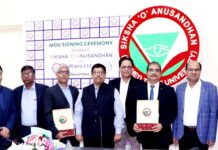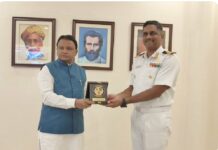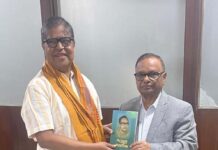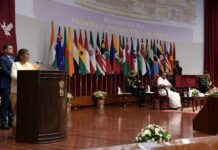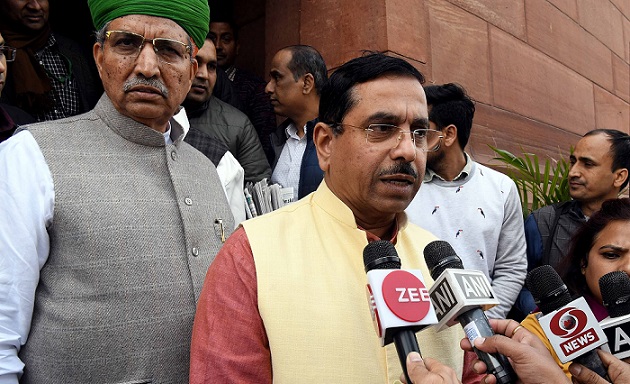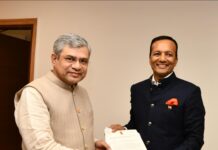By Our Correspondent
NEW DELHI/BHUBANESWAR: Minister of Mines, Coal and Parliamentary Affairs Shri Pralhad Joshi in a written reply in Lok Sabha on Wednesday said that Mineral assessment is a continuous process and a number of exploration agencies like Geological Survey of India [GSI], Mineral Exploration Corporation Limited [MECL], Atomic Minerals Directorate for Exploration and Research [AMDER], State Departments of Geology and Mining [DGMs], State/Central Undertakings are engaged in exploration of mineral deposits in the country.
For mineral surveys in the country, GSI is the nodal agency to formulate exploration programmes of various agencies through Central Geological programming Board. GSI carries out mapping and systematic exploration for various mineral commodities under different stages e.g. ‘reconnaissance survey’ [G4], ‘preliminary exploration’ [G3] and ‘general exploration’ [G2] seamlessly based on the mineral potential following the guidelines of United Nations Framework Classification (UNFC) and Mineral Evidence and Mineral Content Rules (MEMC-2015) with an aim to augmenting mineral resource.
GSI has implemented Online Core Business Integrated System (OCBIS) to enable the broader geoscientific community and other stakeholders to easily access, view and utilize GSI data & information including mineral exploration data. The mineral exploration programmes executed by GSI are available in public domain (www.gsi.gov.in) in the form of Geological reports.
Further, Indian Bureau of Mines [IBM], a subordinate office of Ministry of Mines collects the exploration data from various agencies. On the basis of information of exploration and the results provided by different agencies or stakeholders, IBM publishes the National Mineral Inventory (NMI) of mineral resources in the country on an interval of once in five years. The information of reserve/resources of minerals is being published in public domain and available on IBM website.
Under the Mines and Minerals (Development and Regulation) Amendment Act, 2015, for major minerals, the mineral concession can be allotted through auctioning. The power to grant these mineral concessions vests in the State Governments. The extraction of minerals depends on the grant of the mineral concessions by the State Government and the utilisation of minerals depends on economic viability of the minerals.
Three CPSEs, namely National Aluminium Company Limited (NALCO), Hindustan Copper Limited (HCL) and Mineral Exploration Corporation Limited (MECL), under Ministry of Mines have formed a Joint Venture company namely “Khanij Bidesh India Limited (KABIL)”. KABIL has initiated engagement with several state owned organizations of the shortlisted source countries through Ministry of External Affairs and the Indian Embassies in countries like Argentina and Australia to acquire mineral assets overseas – primarily the critical & strategic minerals including Lithium, Cobalt & others and not Rare Earth Elements.
National Mineral Policy has been notified in February 2019, which has provisions for Scientific methods of mining, Mining machinery and Mineral Beneficiation equipment and development of automated equipment. The government has been giving more thrust and initiated steps on use of state of-the-art technology like remote sensing, Geographic Information System (GIS), artificial intelligence, space technology, UAVs, E-vehicles, etc. in exploration and mining. In recent years, drones or unmanned aerial systems (UAS) have started to make headway across the mining industry. Indian Bureau of Mines, a subordinate office under Ministry of Mines, has also taken up Drone Survey on pilot basis in mining leases which shall pave way for future virtual monitoring and regulation.


